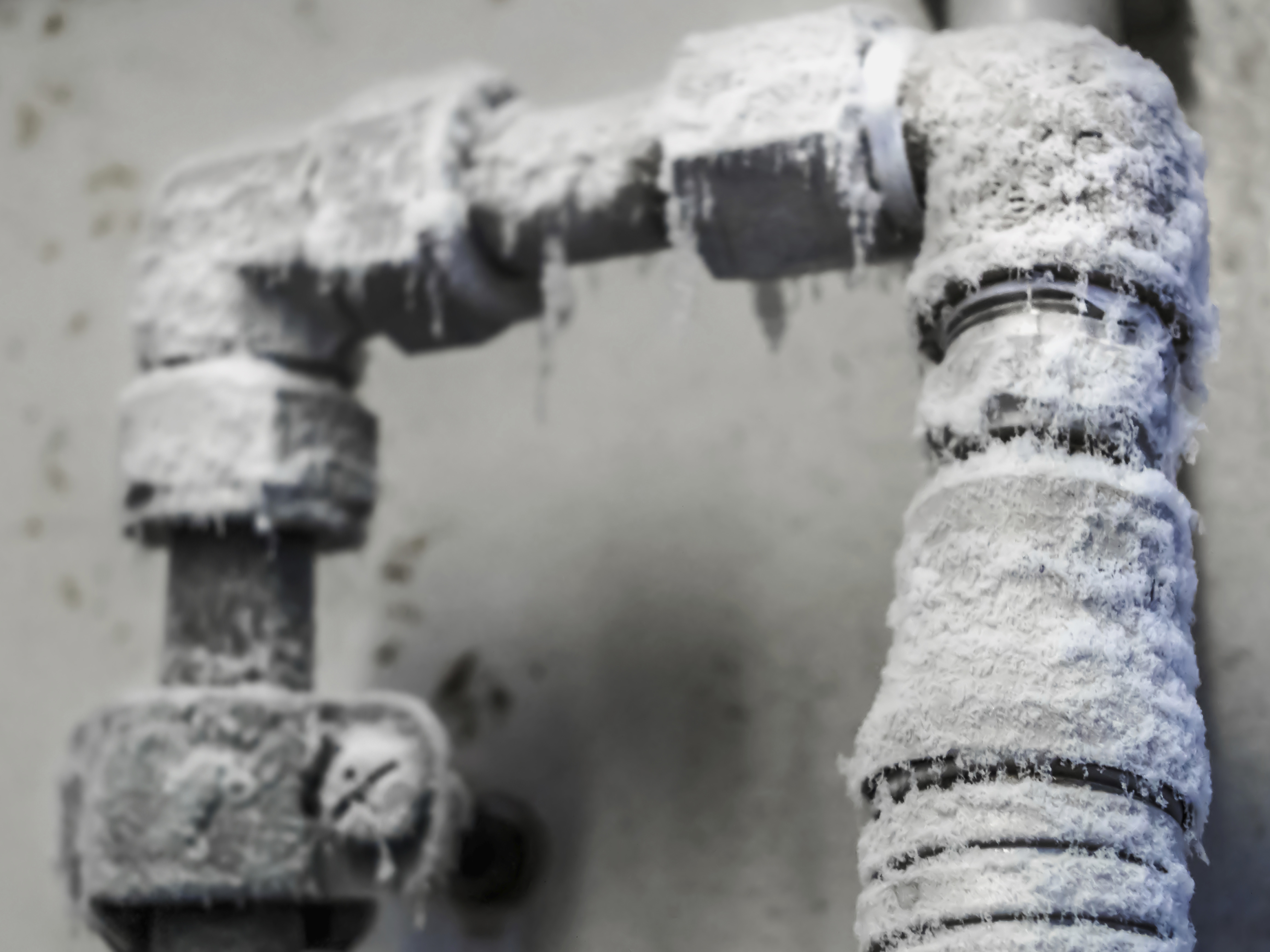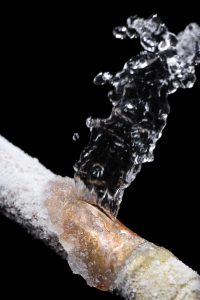

Preventing Frozen Pipes
As winter approaches, we are sure to see a few homeowners suffer the inconvenience and often exorbitant expense of frozen and burst pipes. Even when pipes are situated inside the thermal envelope, they can still be exposed to freezing temperatures through conduction. If pipes run along steel beams or concrete walls that extend beyond the thermal envelope, conductive heat can cool them below freezing. Prevent bust pipes in these situations by insulating the pipes themselves.
Plumbers are normally responsible for insulating and protecting their work from the elements but they are not always there when the structure is completed and especially when a homeowner makes changes after they moved in that may undermine the plumber’s protective measures. Many factors need to be taken into consideration where plumbing is installed when considering the thermal envelope.
In the event that pipes are installed outside the thermal envelope where they will be exposed to cold air, install an interior shut-off valve and drainage system. When a shut-off system is installed and cold weather sets in, close the shut-off valve and open the outdoor taps and drain them to ensure that there is enough room for any remaining water to expand if the temperature drops below freezing. An interior shut-off valve and drainage system would mean that the pipe was filled with air. This would relieve the pressure if the water froze.
If the basement is unfinished and the plan is to finish it then be sure to insulate around those pipes that need it and ensure access to the shut-off valves so you have easy access when needed. Insulating the rimboard will also make the basement warmer.
